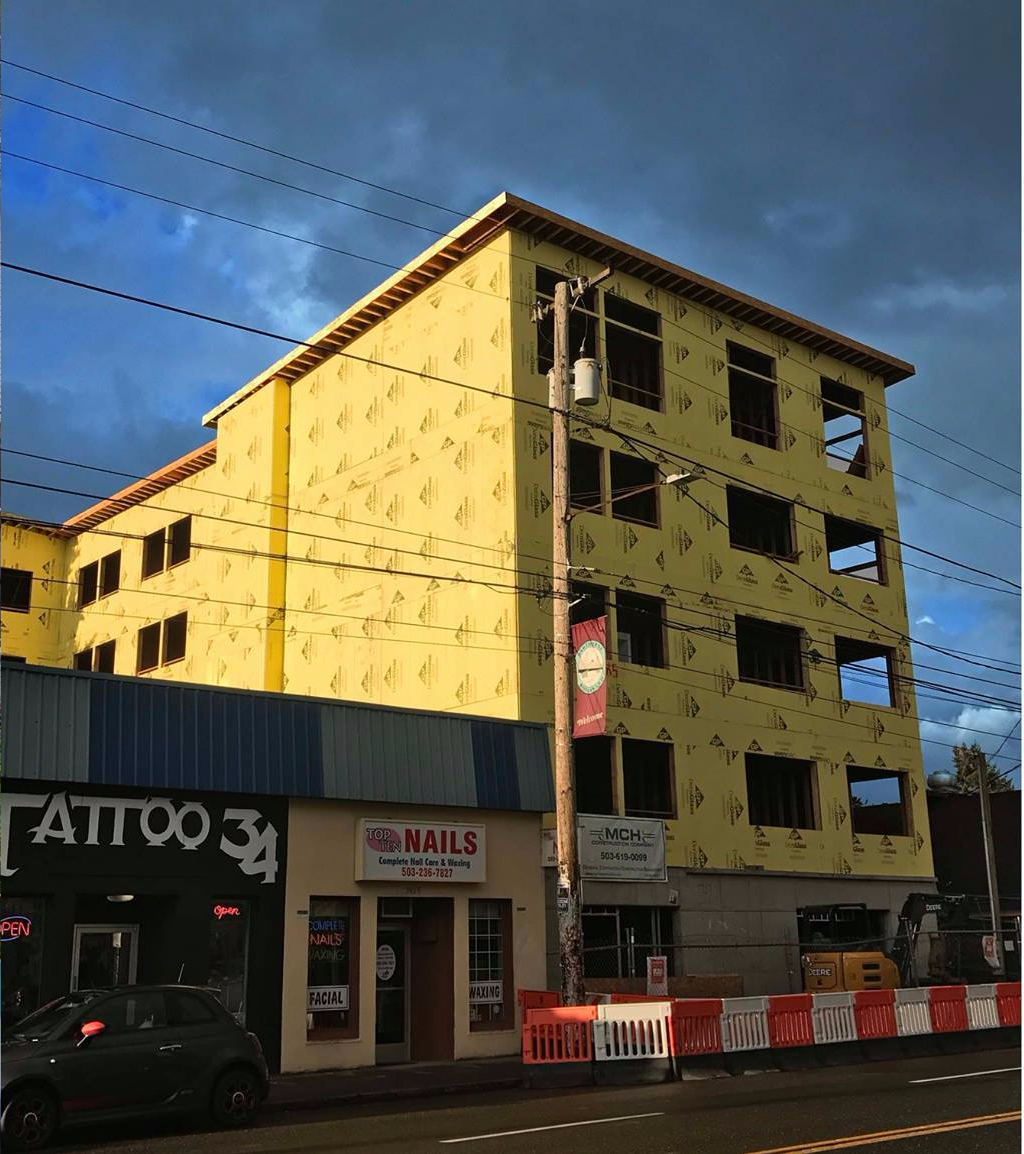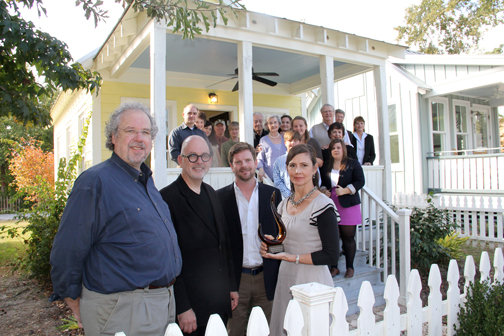
I commented on a friend's Facebook thread in which he lamented the lame podium building getting built on his street. Somebody posted a comment that "It's all about maximizing the developer's profit" to explain why the building was not great.
I gotta say, that's really over-simplifying what it takes to get a building constructed in Portland. There is a pretty good chance that trying to build a building will result in the developer losing money if they are not on top of things. I guess Not Losing Money may be the same as Maximizing Profit, but there is a lot more to the work. If you lose money often enough you become a former developer.
Most developers are minimizing risks and maximizing returns within the current crop of constraints which include local, state, and federal regulations, local approval processes, skilled construction labor shortages, and a number of can only be described as short sighted bad habits. Over the life a a project it is too easy for design to end up as the superficial consideration -kinda like deciding how a cake will be frosted. All of the other things (that will blow up your project if you don't pay attention) are about the cake. Attention to urban design and place making should be part of the cake because they can add a lot of value and solve some gnarly problems. The developers that get that employ urban design as a tool with great flexibility and utility. For the rest, well, that design stuff is just frosting.
While we can beat up developers for being unaware of the power of design to manage risk, let's bear in mind that there is plenty of cluelessness to go around. Some of the problem with how buildings are currently conceived and delivered be found in the unfortunate culture and habits of the design community. Most planners, urban designers, and architects are satisfied with remaining uninformed and unskilled when it comes to developer math and operations. In the end they don't have much of a common vocabulary to communicate with their clients (which is unfortunate.)
The bar for decent infill is pretty low these days -even in a place that likes to consider itself forward thinking and progressive like Portland. It is very hard to build trust with local folks who have seen a lot of lousy buildings go up recently. If you do succeed in building something something decent, you can start to carve out a place for yourself in the neighborhood. No matter how good your built work is, chances are good you will still be treated with contempt if your chosen line of work is to be a developer. Other people get paid at their job, but getting paid to make buildings happen is somehow something sleazy in the minds of some. Development work is considered a vocation reserved for individuals of low character. Your buildings will have to speak for your character after you are dead. In the mean time, most folks will just think you are an asshole. That does not mean that you can consider yourself some sort of community builder/martyr. It's an everyday thing. Humans prejudge strangers based upon fear, myth, or by their direct experience of some recent bad building put up by somebody that you resemble.

 I live in Portland Oregon. Moved here last December.
I live in Portland Oregon. Moved here last December. Last weekend I was working on a charrette crew that included my colleague and partner, Bruce B. Tolar. Searching through my hard drive today I came across my (improvised) remarks from when the New Urban Guild gave the 2015 Barranco Award to Bruce, the Developer/Builder of Cottage Square in Ocean Springs Mississippi.
Last weekend I was working on a charrette crew that included my colleague and partner, Bruce B. Tolar. Searching through my hard drive today I came across my (improvised) remarks from when the New Urban Guild gave the 2015 Barranco Award to Bruce, the Developer/Builder of Cottage Square in Ocean Springs Mississippi.